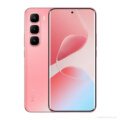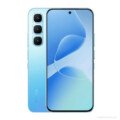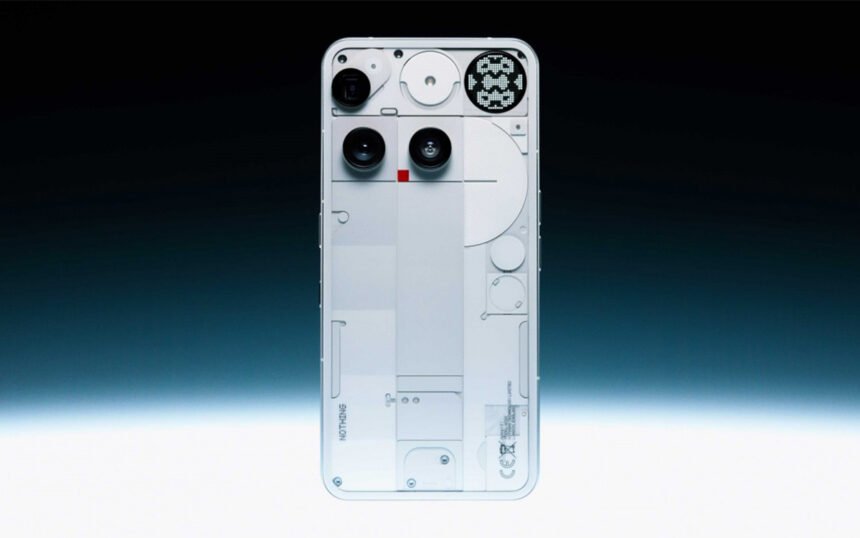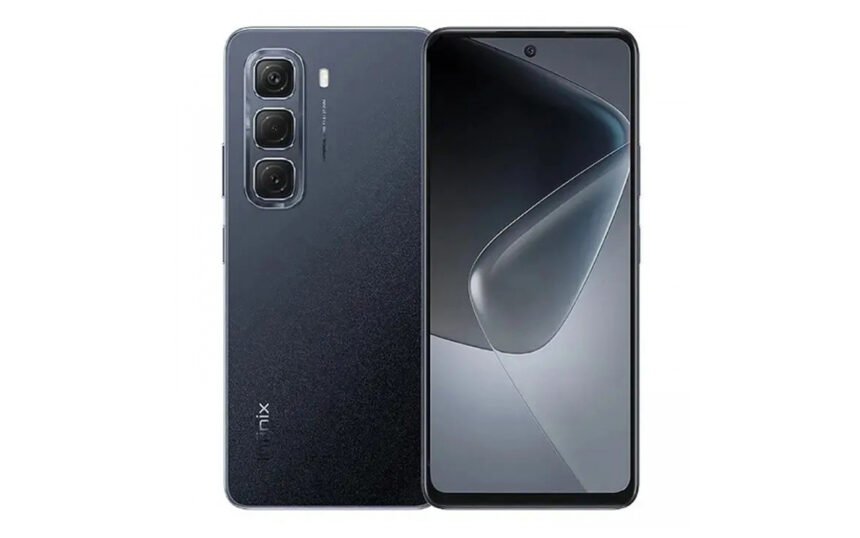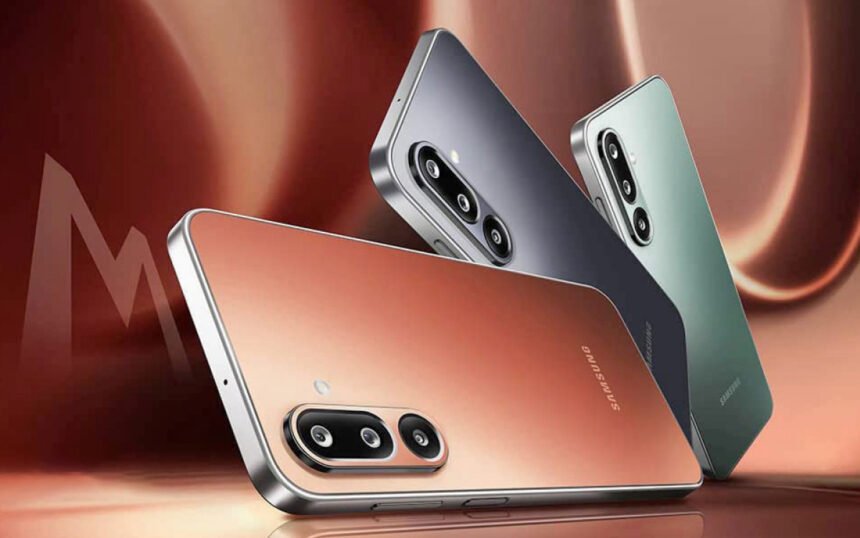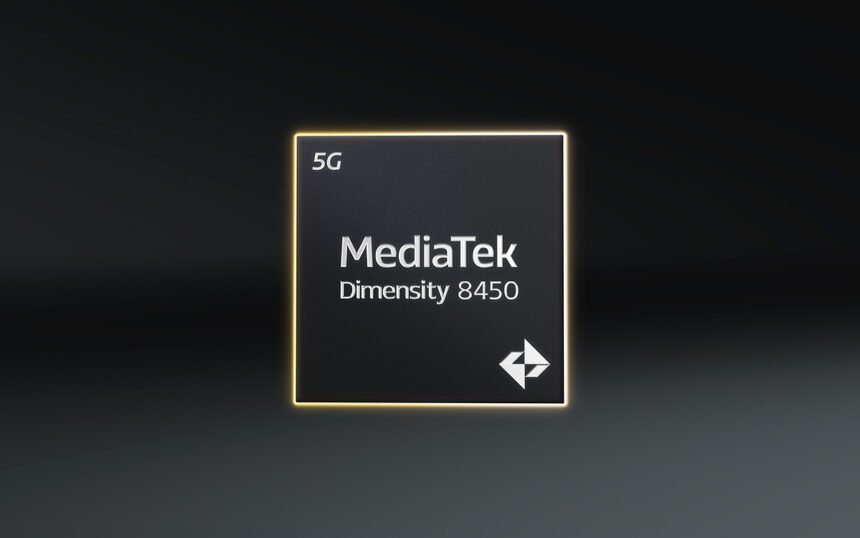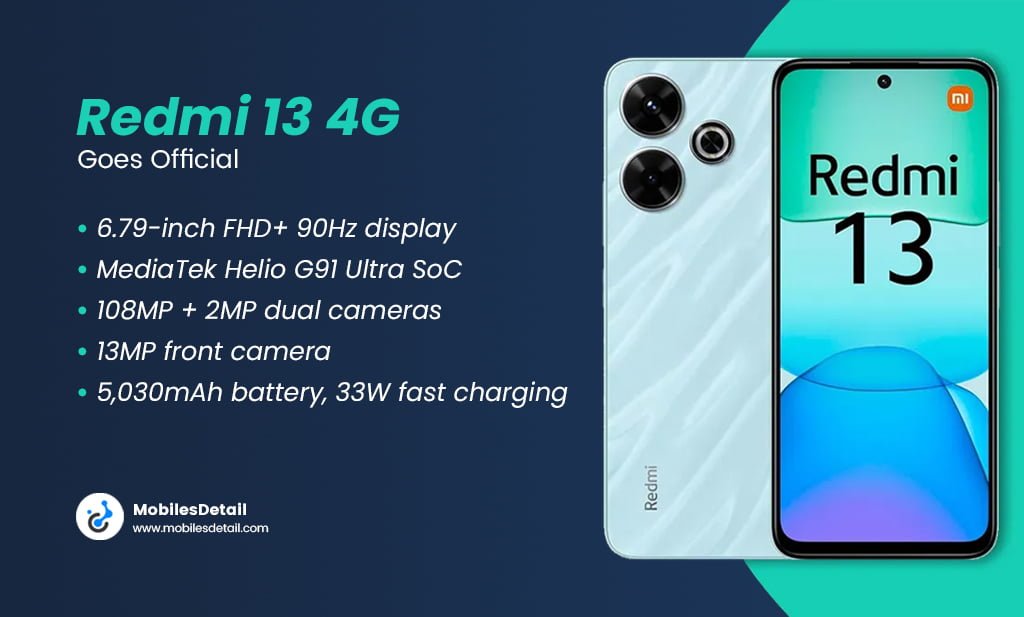
The price and specifications of the Redmi 13 4G have been officially revealed. Xiaomi has expanded its Redmi 13 series with the latest addition of the Redmi 13 4G. This is a direct successor to last year’s Redmi 12 with the main upgrades being the new MediaTek Helio G91 Ultra chipset and 108MP main camera launched in Europe.

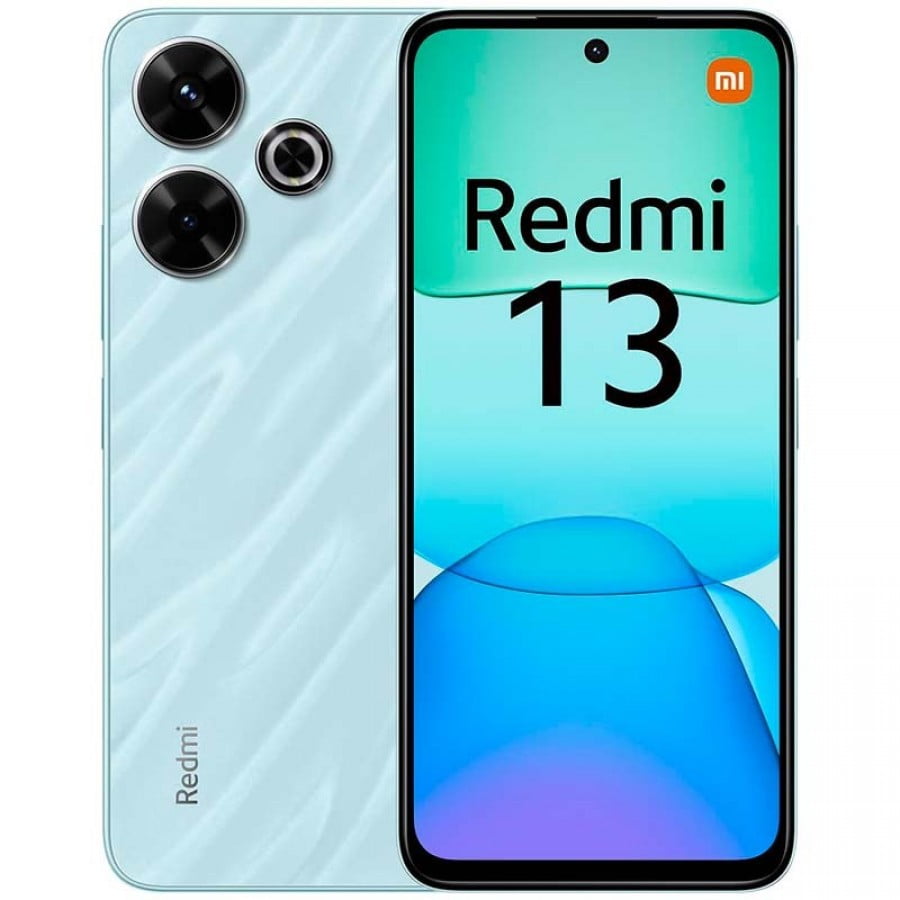

Redmi 13 4G specifications, features
Xiaomi Redmi 13 4G features the same 6.79-inch IPS LCD with FHD+ resolution and 90Hz refresh rate like its predecessor but with a 13MP front-facing camera embedded in the screen. There’s a side-mounted fingerprint scanner, IP53 water and dust resistance, and a 5,030mAh battery with 33W fast charging. The software side is covered by Xiaomi HyperOS, which is based on Android 14.
Redmi 13 4G price
Redmi 13 4G handset comes in blue, black, and pink colors Pricing starts at €199.99 for the 6/128GB version and goes up to €229.99 for the 8/256GB trim.
Source (in Portuguese)





